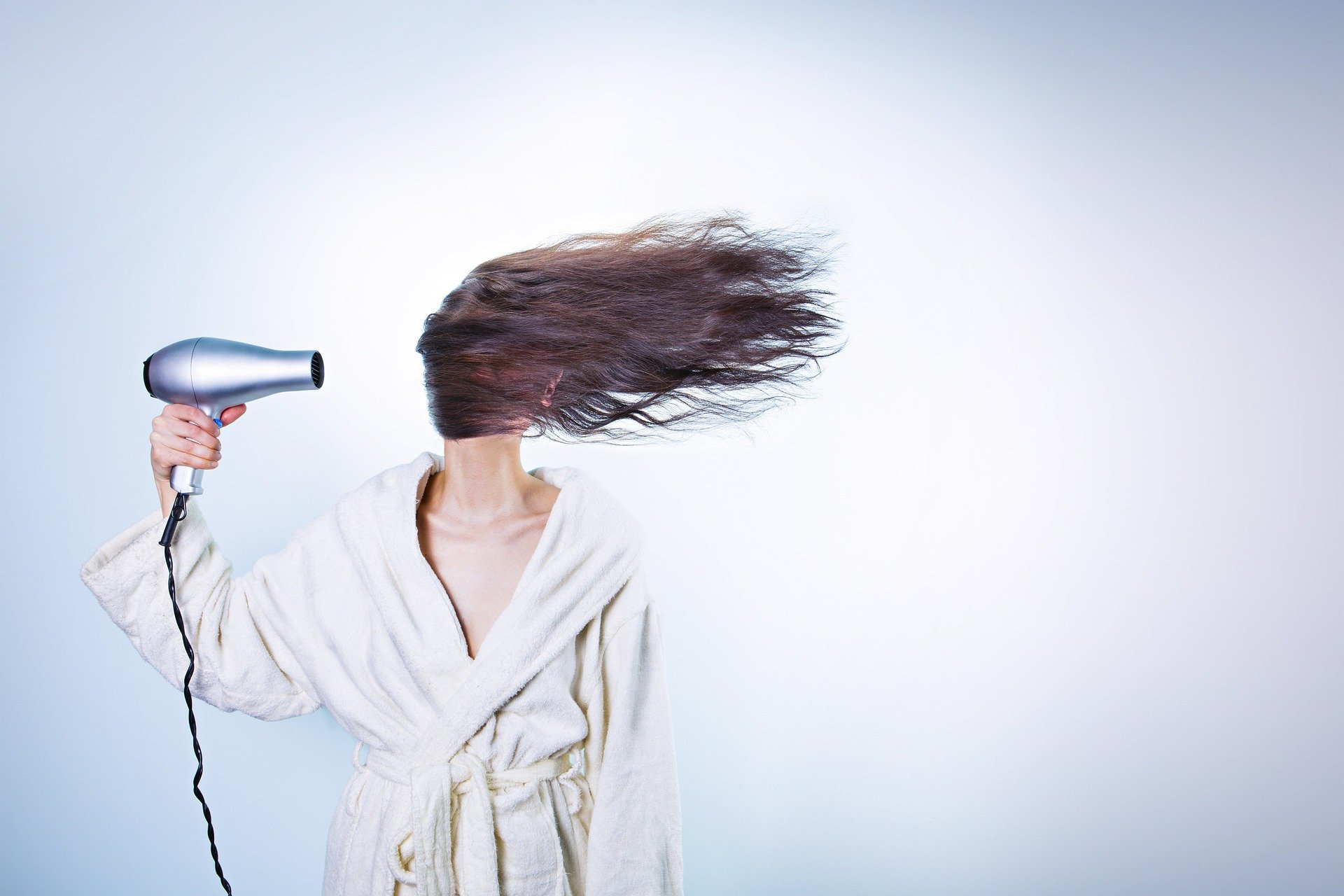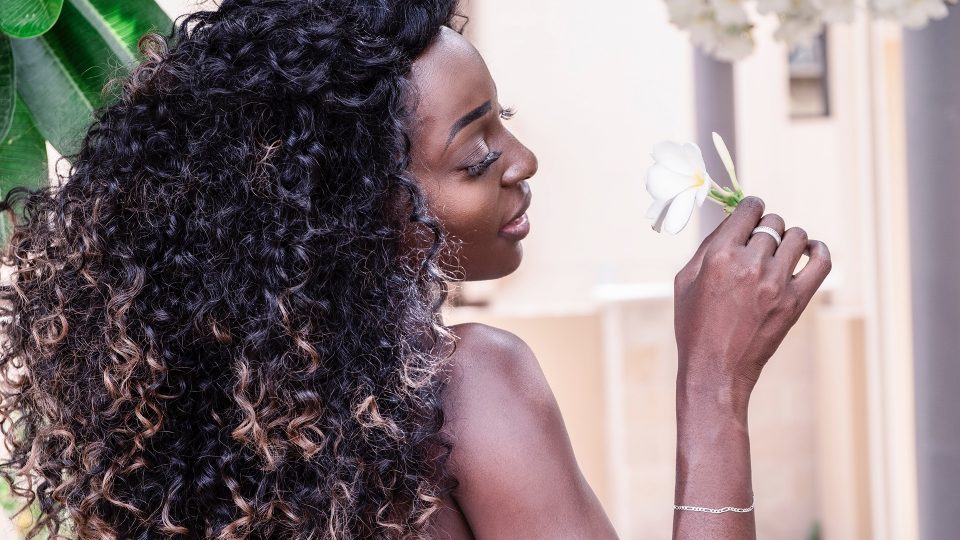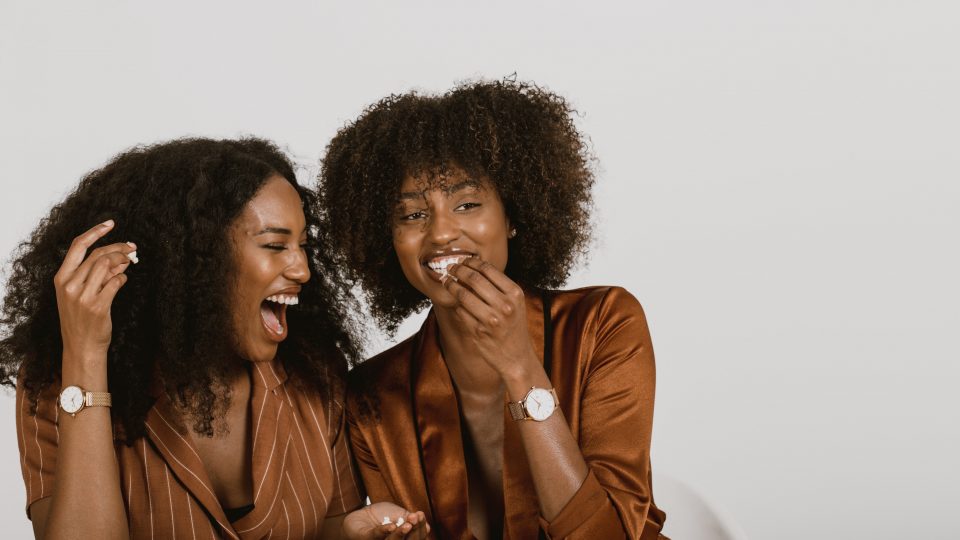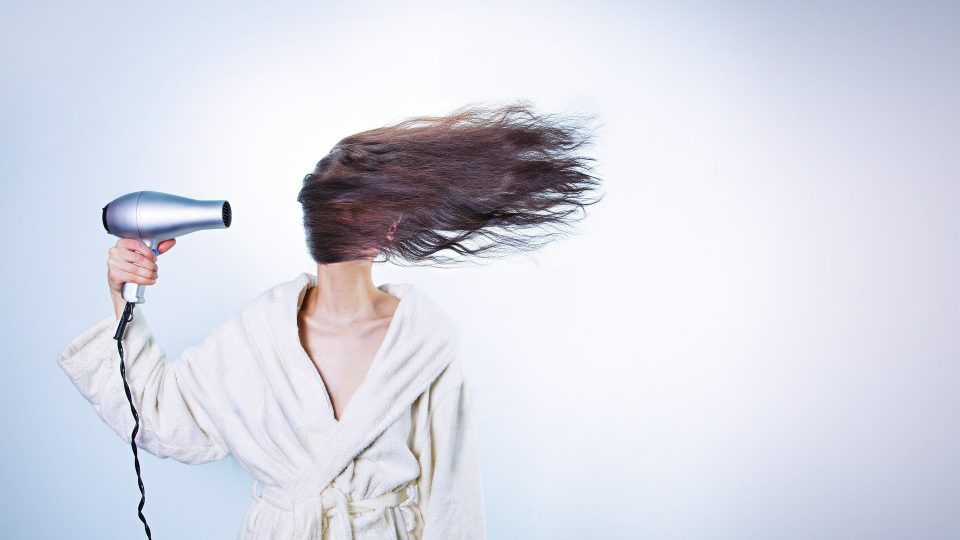
Protective styles are definitely something you should’ve heard in the natural hair world. In other words they’re hairstyles that don’t require frequent manipulation and restyling which is why they’re known as protective styles. They help keep the hair safe from the outer elements such as dust. These looks can be achieved with virgin, human & synthetic wigs, braids, twists, hair extensions, crochet braids, hair pieces and a whole lot more!
Not only can they protect your hair and help you stay healthier for longer, but they may also help change up your style if you’re bored with your natural hair. Protective styles help you retain the health of your natural hair, in addition to being stylish and unique. So, how do you do it? Well, we are going to tell you everything you need to know about protective styles in this blog post.
Protective Styling Tips –
Here are some basic considerations to keep in mind for protective styling, lets get started –
1. Wash your Hair And Scalp –
Make sure your hair is clean and correctly prepped before attempting your protective style. First, make sure you’ve completely cleansed your hair and scalp with a cleansing shampoo. After that, give your hair a deep conditioning treatment. Use a leave-in conditioner after washing and deep conditioning to keep your hair nourished while in your style, continue with the LOC or LCO which ever you prefer. After completing these few steps, you’re ready to begin!
2. Say No To Extra Tight Wigs & Braids –
If a protective style seems too tight or as if it’s pulling on your hair, Say NO to that style. A protective style that is designed to protect your hair should not harm your scalp or edges. So if you are facing a situation like this, avoid at all costs!
3. Excessive Amount Of Heat Can Be Dangerous For Your Natural Hair –
This technique is primarily for protective styles like weaves and extensions and or blow outs. The hair that is braided down or tucked away is often safe, but the hair that is left out suffers from heat damage. Don’t use heat more than once a week or if at all. Overuse of heat can result in hair damage as well as hair breakage, which you definitely don’t want.
4. Take Care Of Your Edges –
Don’t lay your edges every day! I know we sound crazy. But because the edges of our hair are finer and more delicate than the rest of our hair, they can’t and shouldn’t be over-manipulated.
5. Keep Your Hair Moisturised Always –
While your hair is in its protective style, it’s easy to forget to use a moisturizer on a regular basis. Moisture is required for hair to retain its elasticity; otherwise, it becomes brittle and snaps. To keep your hair and scalp hydrated, use moisturisers and leave-in conditioners. These will keep your hair and scalp stay hydrated, soft, and prevent product buildup.
6. Take Care of Your Scalp –
It’s a common argument that while wearing a protective style, you can leave your hair and scalp alone. This is simply not true. When protective styling, it’s just as crucial to still look after your scalp! While wearing the style, you should maintain a clean scalp and moisturised hair.
7. Don’t Keep Protective Styles In For Long –
Like everything, your protective styles also come with an expiration date. Hair experts suggest that you should remove your protective style after 8 weeks. As long as you keep your protective styles, it will get more difficult for you to get into the scalp to cleanse it properly and remove the dirt. As a result bacteria, fungus are more likely to form in your hair.
8. Give Your Hair A Break –
Your hair needs a rest after every protective style installed or applied. The break depends on the protective style. It is highly recommended to let your hair breathe for at least three to seven days before switching into new protective style.
9. Take Extra Precautions at Nights –
Wear a satin hat, scarf, scrunchie, or pillowcase to bed. For your protective stylings, it’s not good to struggle with friction from pillows. It can cause hair to dry out and break, as well as make your style look frizzy faster. Always take extra precautions at night.
10. The Taking Out Process –
When removing a protective style, take your time and don’t rush the process. Many styles, including weaves, crochet braids and box braids its important to remove the hair. BE CAREFUL!. Another way to take down or remove your protective styles is to detangle as you go. Use detanglers and leave ins or fingers to make this process easier.
Wrapping Up –
Now that you know everything there is to know about protective hairstyles and how to care for your natural hair, all you have to do is pick your desired protective style. At Hairglo you can browse a wide selection of hair extensions wigs, ponytails, buns, crochet hair, braiding hairs and many more. Give yourself a “New Look” with Hairglo.




